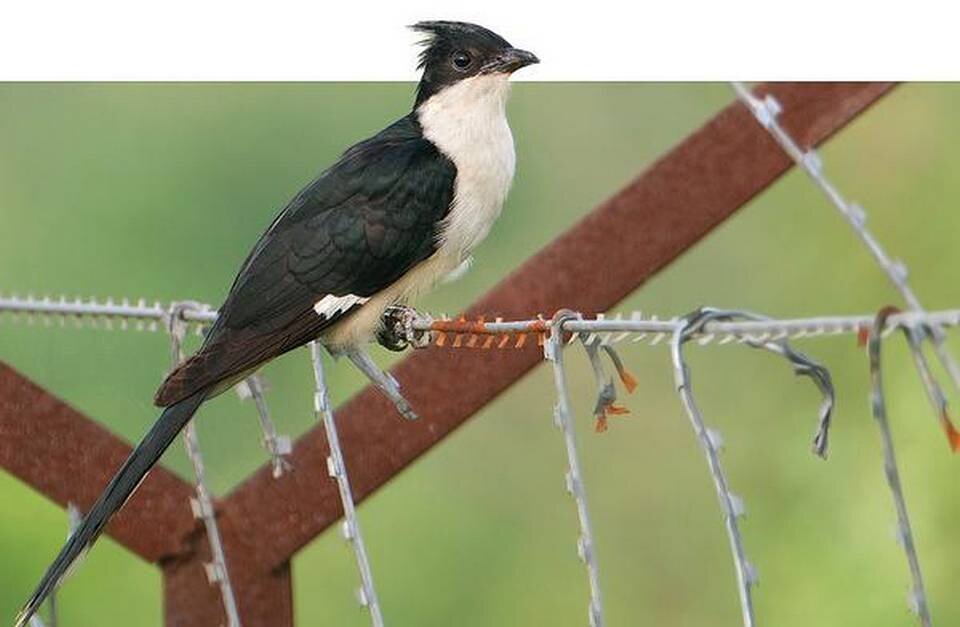Pied Cuckoo to be Tracked | 25 Jul 2020
Why in News
Recently, the Wildlife Institute of India (WII), has decided to study the migration of the Pied Cuckoo Bird (Jacobin Cuckoo or Chaatak), by tagging the bird with satellite transmitters.
- The study will be conducted along with the Indian Institute of Remote Sensing (IIRS) and the Government of India’s Department of Biotechnology.
- IIRS is a constituent unit of the Indian Space Research Organisation (ISRO). It is headquartered in Dehradun.
Key Points
- The Study:
- This is the first study in the country that seeks to trace and observe the migratory routes of the pied cuckoo.
- It aims to gather data and information on climate change and the monsoon.
- Pied cuckoo is known for its close association with the monsoon in India.
- Farmers have traditionally relied on the arrival of the pied cuckoo as a signal of arrival of monsoon and seed sowing.
- It is part of a larger project called the Indian Bioresource Information Network (IBIN) funded by the Government of India’s Department of Biotechnology (DBT), which aims to put relevant Indian bioresources information online.
- Benefit:
- Gathering information about the migratory route can be invaluable for research on climatic variations taking place in the world, especially since the species has such a close association with the monsoon.
- It will give us information on the monsoon, changes in the monsoon and monsoon winds, erratic rainfall, seasonal fluctuations, water vapour pressure, etc.
- The extent of the effect of ecologies changing can be seen in the movement of species from a less favourable region to a more favourable region.
- Gathering information about the migratory route can be invaluable for research on climatic variations taking place in the world, especially since the species has such a close association with the monsoon.
- Pied Cuckoo:

- It is a bird with black and white plumage (pied) with a fancy crest on the head. Its scientific name is Clamator jacobinus. It is found in Africa and Asia.
- There are two types of pied cuckoos found in India.
- In central and northern parts of India, pied cuckoos are migratory, they are seen only from just before the monsoon to early winter.
- It is believed that the pied cuckoos that come to the Himalayan foothills are from Africa.
- They have high site fidelity, that is, they come back to the same location year after year.
- Pied cuckoos are also found in southern India, but those are resident birds and not migratory.
- In central and northern parts of India, pied cuckoos are migratory, they are seen only from just before the monsoon to early winter.
- The bird is primarily arboreal, which means that it mostly lives on trees. It is a brood parasite i.e. It lays its eggs in nests that belong to other birds.
- It is one of the few species that come to India in the summer. Most other migratory species come in winter.
- IUCN Status: Least Concerned.
